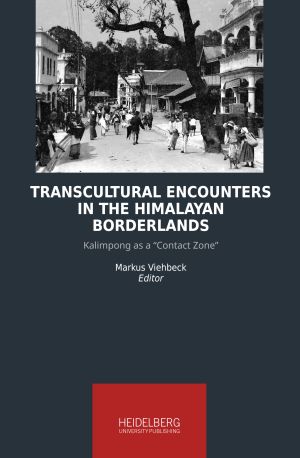Zitationsvorschlag
Lizenz (Kapitel)

Dieses Werk steht unter der Lizenz Creative Commons Namensnennung - Weitergabe unter gleichen Bedingungen 4.0 International.
Identifier (Buch)
Veröffentlicht
Kalimpong: The China Connection
Abstract Historically identifiable contact between Kalimpong and incoming Chinese migrants occurred, at the latest, in the early twentieth century. This essay makes reference to some of the interfaces and events involved, but chiefly focuses on the three phases in which Kalimpong emerged in the Chinese communist consciousness, especially the period between the mid-1950s and the early 1960s. The representations of Kalimpong in the Chinese language Renmin Ribao (hereafter People’s Daily) of this time clearly embody the anxieties, fears, and suspicions that the Chinese government harboured about the foment and ferment of socio-political encounters with their locus in “Galunbao” (噶伦堡 or Kashag ministers’ fortress). From a town hosting the Chinese trade agency and an “idyllic” (or tianyuan 田园) place where the Dalai Lama and the townspeople met, to its transformation into a “nest of spies” (a term used by both Nehru and Zhou Enlai) where “Indian expansionists,” “American and British imperialists,” and “Tibetan rebels” rubbed conspiratorial shoulders, Kalimpong was finally represented after 1962 as the place where Indian authorities were in cahoots with the Kuomintang, and put the local Chinese through the wringer. Using colonial archives, untranslated Chinese material, and secondary published sources together with recent interviews and field notes, the essay analyses these narratives, marked as they are by an ambivalence about the place’s vernacularly cosmopolitan character. The hill station also emerges as a barometer and metonymic stand-in for the problematic relationship between China and India.






